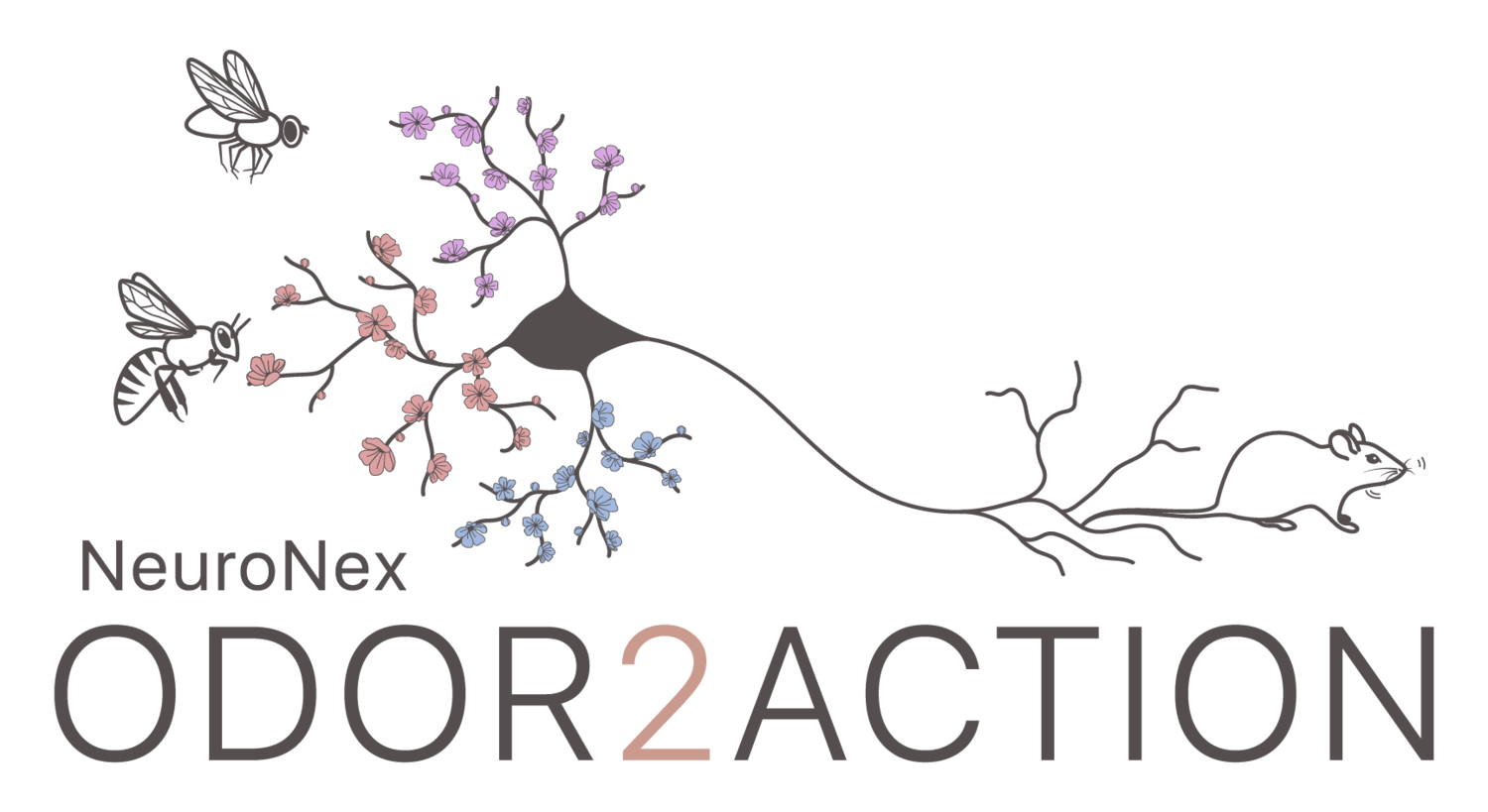Student Spotlight: Fei Huang
The Odor2Action Network brings together international olfaction scientists with the goal of achieving an end-to-end understanding of how brains organize and process information from odors to guide adaptive behaviors. One of the network’s priorities is to train the next generation of scientists to view team science as a meaningful- even essential- part of their careers. We support trainees across the United States, Canada, and United Kingdom in fields spanning neuroscience, engineering, computation/mathematics, biology, data science, and beyond.
As part of our Student Spotlight series, we interviewed Fei Huang, a MSc. candidate at McGill in Montréal, Québec.
Odor2Action Affiliation: Ohyama Lab
How did you find yourself in the field of neuroscience? What piqued your interest in studying this field?
I entered the field of neuroscience as an undergraduate at McGill University. In my second year, I volunteered in Dr.Hardt's memory lab to gain more hands-on knowledge. I realized that the experiment is a trial-and-error process. But, the moment that I actually found or verified a result was really rewarding. Then, in my final year of undergraduate, I worked in Dr.Ohyama's lab and started to study the olfactory system in drosophila larvae. It was interesting that their relatively simple nervous systems can manage to do numerous tasks.
What most excites you about being involved with the Odor2Action network?
The opportunity to know researchers and their projects in the related fields really excites me. Attending the monthly Odor2Action meeting enables me to hear about new techniques and results in other labs which can also bring new ideas to my project.
Tell us about an impactful project you’ve worked on as a part of the network.
To successfully navigate these environments and survive, the nervous systems of animals must process massive sensory inputs and produce the appropriate actions. Olfaction, an evolutionarily ancient sense, allows almost every animal to perform behaviors crucial for survival, such as foraging for food and avoiding predators. My project is interested in behavioral mechanism guided by aversive odor in drosophila larvae. Currently, I have examined behavior elicited by aversive and attractive odors using an automated high-throughput behavior assay that allows analysis of hundreds of animals per condition. Behaviors elicited by an attractive odor may be regulated by algorithms that differ from those elicited by an aversive odor, because the latter are often more crucial for survival. I will take advantage of cutting-edge EM reconstruction methods, genetic tools, physiological imaging techniques based on optogenetics, and an automated high-throughput behavior assay to identify the mechanisms of behavior elicited by aversive odors.
How will your training/experience impact the field of neuroscience?
Past studies in drosophila larvae have focused on behaviors elicited by attractive odors, but the circuit mechanisms underlying behaviors elicited by aversive odors remain unclear. My project can help to investigate the neural circuitry responsible for behavior elicited by aversive odors, and to identify the behavioral algorithm that regulates such behavior.
How will your training/experience impact society more broadly?
My experience can potentially increase our understanding of the olfactory system and enables us to study how and why we would avoid certain harmful smells, such as carbon monoxide, which could be crucial for our survival.
What is the next step for you after completing your degree?
Now, I am not sure about what I want to do. I will be more likely to find a job in the industry after completing my degree.


